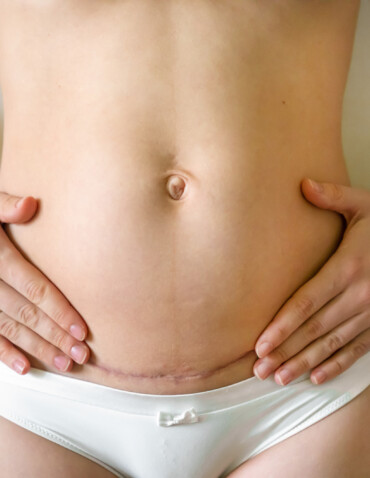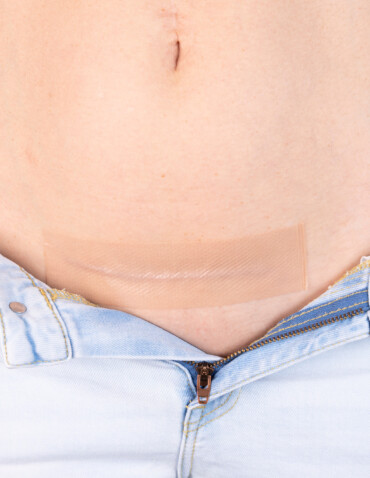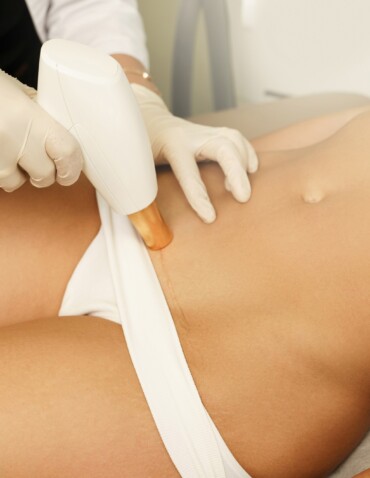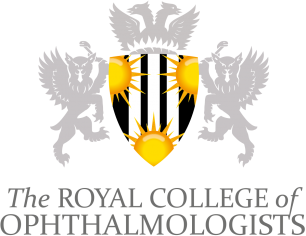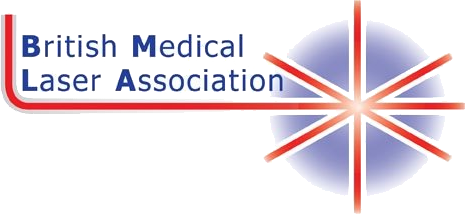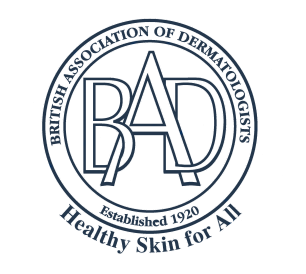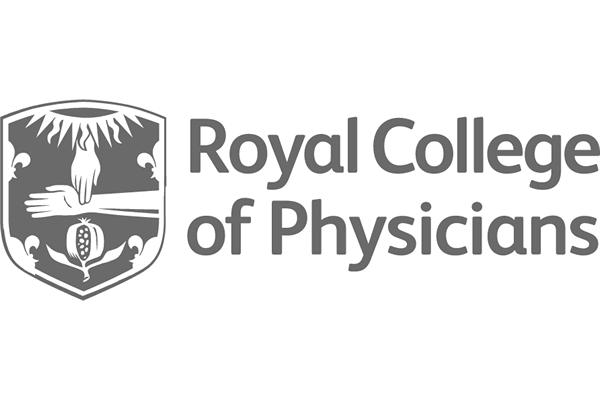Complications Leading to Itchiness
While itchiness is often a normal part of the healing process, certain complications can lead to increased discomfort and require medical attention. At the London Scar Clinic, we emphasise the importance of recognising these complications to ensure proper care and treatment.
Infection
One significant complication that can cause an itchy C-section scar is infection. Signs of infection in a C-section incision include redness, swelling, increased pain, and discharge from the wound. If your C-section scar smells or you notice a foul odour, it could indicate an infection.
Infections can exacerbate itchiness and lead to other symptoms such as fever or severe abdominal pain. Prompt treatment with antibiotics is crucial to prevent further complications. If you suspect you may have an infection, consult your healthcare provider immediately.
Keloids and Hypertrophic Scars
Another complication that can lead to increased itchiness is the formation of keloids or hypertrophic scars. Both types of scars result from an overproduction of collagen during healing. Keloids are raised, thickened scars that extend beyond the original wound boundaries, while hypertrophic scars are thick and raised but remain within the wound’s borders.
These scars are more likely to be itchy due to the excessive collagen and increased tension in the scar tissue. Treatments such as scar massage, silicone gel sheets, and laser therapy can help manage and reduce the appearance of these scars.
Allergic Reactions
Allergic reactions to surgical materials, adhesives, or medications can cause an itchy C-section scar. Symptoms of an allergic reaction include redness, swelling, itching, and sometimes a rash around the incision site.
If you suspect that you are experiencing an allergic reaction, it is important to identify and remove the irritant if possible. Your healthcare provider might recommend topical steroids or antihistamines to alleviate the symptoms. In some cases, switching to hypoallergenic dressings or different medications may be necessary to address the issue.



